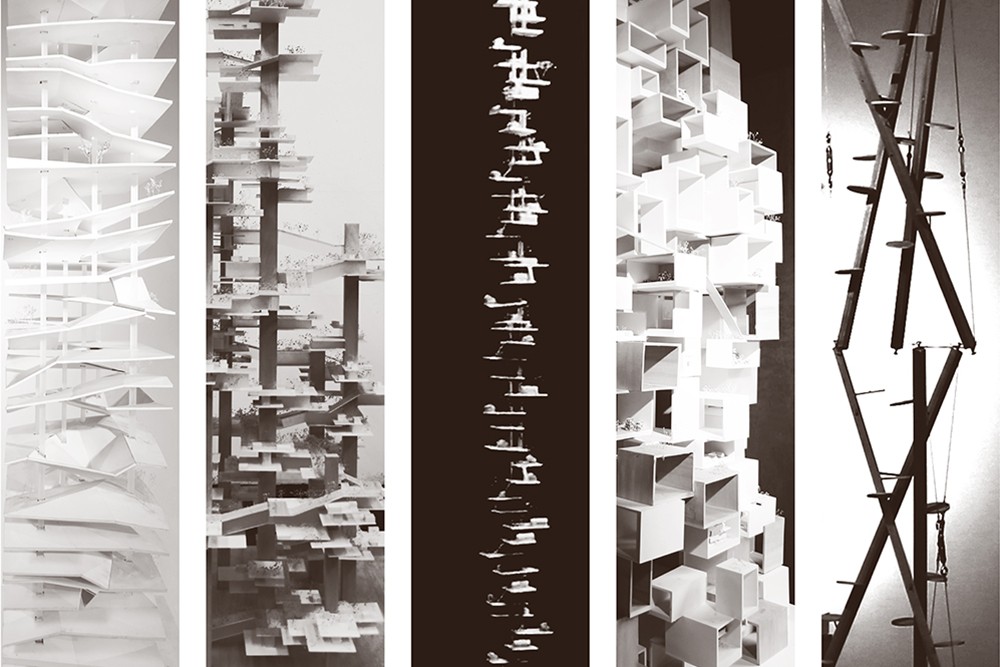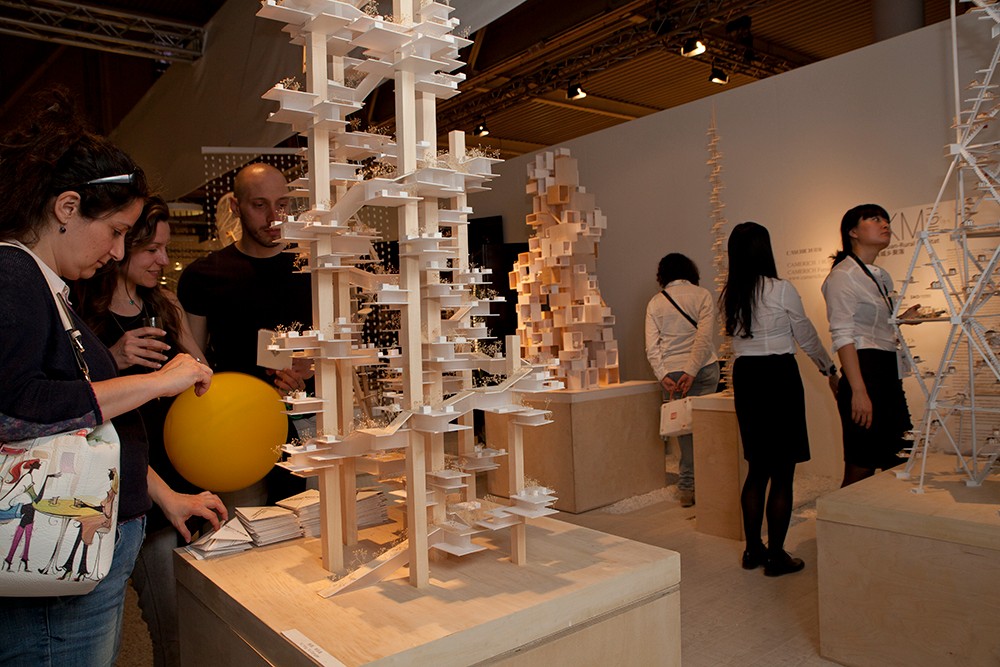CAMERICH’s Concept Work Shines in Milan Again
With the opening of Milan International Furniture Fair, one of the biggest events in the world furniture industry in April, the city came under the spotlight of the international design community. Forefront ideas and best designs from around the world gathered at the event to shed light about the relations between design and life, and set trends about future home life. In April 14-19, Mr. Zhu Xiaojie, distinguished designer and curator, along with a number of leading furniture brands in China, brought the Sit Down series to Milan once again.
As one of the invited brands of Sit Down – Cross-field Modern Chinese Furniture Design Show, CAMERICH has brought 1KM-HIGH Urban-Rural Habitat, a conceptual design developed in collaboration with School of Architecture, Tsinghua University and renowned architectural firm ZAO/standardarchitecture. The intension of the show is to ask designers and visitors to "sit down" to envision the possibilities of future human habitats.


Researches show that during 1996-2013, at least 150 million mu (10 million hectares), or 8% of the total farming land in China were devoured by the urbanization process, and the demand is expanding at an increasingly fast speed. Obviously, it is no longer appropriate to see urban and rural areas as two contrasting worlds. A new development model that leverages the advantages from both ends, Urban-Rural Habitat might provide a picture about future human habitat and help answer the question of how to enable harmonious co-existence between urban and rural areas.
Seven upward-growing model structures highlight the futuristic sense of the CAMERICH booth. Given their difference in shapes, they share a slim design, reflecting the designer's consideration about various human habitats in the future. Beneath the varying shapes, there's the same idea: urban and rural areas are no longer at the opposite side; here, you can enjoy the easy country life in the city, or the convenience of city life in a village.




"The scarcity of land resources has become the primary challenge of future human habitat design. The harmonious co-existence between man and nature has been the top concern of my designs," said Mr. Zhang Ke, chief designer of ZAO/standardarchitecture, "As a high-end furniture brand with a strong sense of social responsibility, CAMERICH has been committed to exploring solutions of future human habitats, too. It is this shared idea that has been driving our partnership throughout the years, from CAMERICH Village Mountains, a design that highlights the traditional Chinese cultural ideas, to Micro-Hutong, an attempt to help the renovation of shanty town. Urban-Rural Habitat is another forward-looking experiment and exploration based on the human habitat we are living in today."

This is not CAMERICH's first show in Milan. At INTERNI LEGACY, a specialty event at Milan Design Weeks 2012, CAMERICH’s conceptual design Village Mountains turned out to be a great success. "Dedication is the source of power, as solidarity of hope. In order to gain more say in the international design community, Chinese brands need to share a sense of responsibility and mission, while working more closely as a team. CAMERICH whishes to interact with the best furniture brands in China to create a bigger room for mutual success and drive the growth of ‘Designed-in-China’," said Shirley Wang, CAMERICH's Brand Operating Director, on the joint event of Chinese furniture brands.


